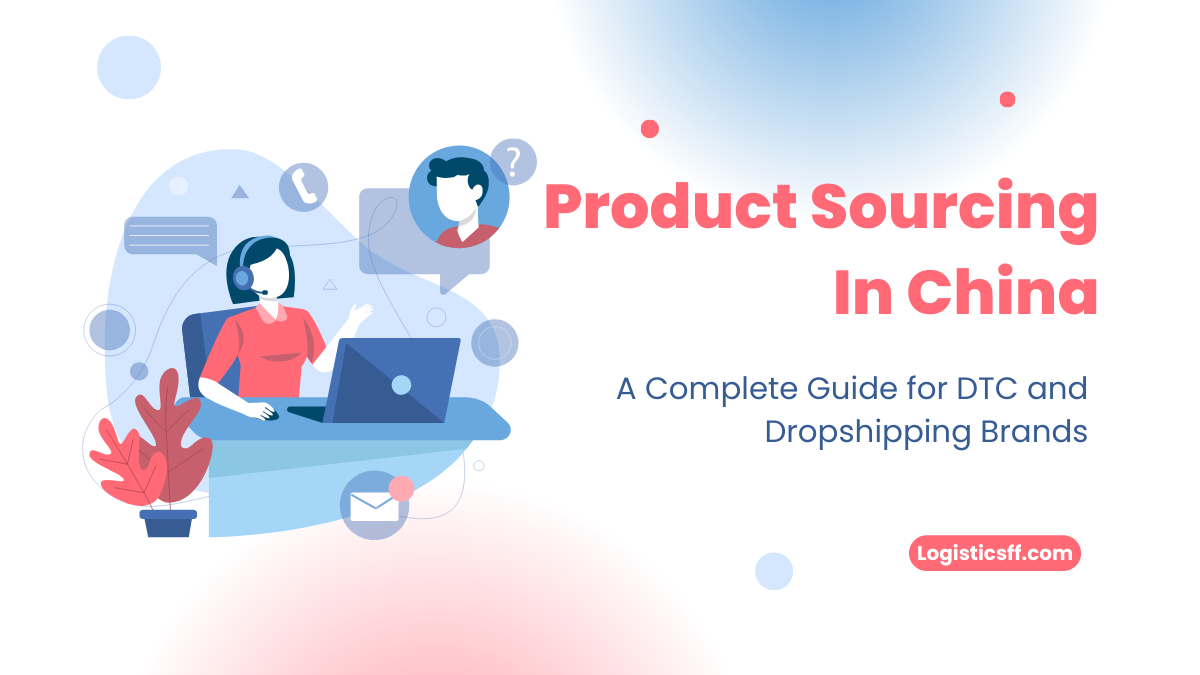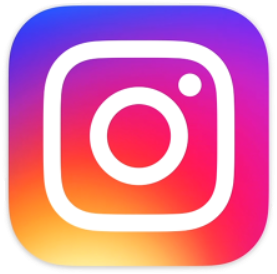Table of Contents
1. Introduction: Why Product Sourcing Matters for DTC and Dropshipping
2. What Is Product Sourcing?
3. Why Source Products from China?
• Cost advantages
• Product variety
• Speed and flexibility
• Global logistics network
4. Key Challenges in Sourcing from China
• Supplier reliability
• MOQ issues
• Quality inconsistencies
• Communication and compliance risks
5. Sourcing Strategies for DTC and Dropshipping Brands
• Online marketplaces (Alibaba, 1688, Global Sources)
• Using sourcing agents
• Partnering with 3PL fulfillment providers
• Trade shows and exhibitions
6. Product Sourcing for the Beauty Industry
• Special handling requirements
• Compliance and certifications
• Packaging and sustainability trends
• Seasonal and trend-driven sourcing
7. How FF Logistics Supports Product Sourcing
• Supplier consolidation
• Quality control
• Custom packaging
• Integrated sourcing and fulfillment services
8.Conclusion: Turning Sourcing into a Growth Engine
Introduction
Product sourcing is one of the most critical steps for DTC (direct-to-consumer) and dropshipping brands. Without the right suppliers, it’s nearly impossible to build a sustainable business, no matter how good your marketing strategy is. For online sellers, sourcing isn’t just about finding the lowest price—it’s about balancing cost, quality, reliability, and scalability.
Over the past two decades, China has become the global hub for product sourcing. With its massive manufacturing infrastructure, competitive costs, and unmatched product variety, China continues to attract e-commerce sellers worldwide. But sourcing from China also comes with challenges—language barriers, supplier vetting, and quality control issues are common hurdles.
This guide will walk you through everything you need to know about product sourcing in China, whether you’re building a new dropshipping store or scaling a beauty-focused DTC brand.

What Is Product Sourcing?
Product sourcing is the process of finding, evaluating, and purchasing products from suppliers to sell to your customers. It covers everything from supplier selection, negotiation, sampling, order placement, quality checks, packaging, and final delivery.
For DTC and dropshipping businesses, sourcing can take different forms:
• Wholesale sourcing: Buying products in bulk and holding inventory in a warehouse.
• Dropshipping sourcing: Working with suppliers who ship directly to customers without holding stock yourself.
• Private label sourcing: Customizing products with your own brand and packaging.
In e-commerce, sourcing decisions directly affect profit margins, customer satisfaction, and long-term brand reputation.
Why Source Products from China?
China’s manufacturing dominance makes it the first choice for many entrepreneurs. Here’s why:
1. Cost Efficiency
Chinese suppliers can produce goods at lower costs due to economies of scale, abundant raw materials, and skilled labor.
2. Unmatched Product Variety
From skincare and cosmetics to electronics, apparel, and lifestyle products, China offers nearly every product category imaginable.
3. Speed and Flexibility
Factories in China are known for their ability to quickly adapt to global trends and produce new product lines in short cycles.
4. Global Logistics Infrastructure
China’s advanced logistics network and availability of 3PL fulfillment centers make it easier to ship worldwide.
According to Statista, China accounted for over 28% of global manufacturing output in 2023, making it the largest sourcing market in the world.
Beyond cost and variety, sourcing from China also means tapping into a supplier ecosystem that is used to working with international e-commerce sellers. Many Chinese manufacturers already understand compliance requirements for the U.S. FDA, EU Cosmetics Regulation, or other safety certifications, which makes them more export-ready than suppliers in other markets. Additionally, China’s supply chain is becoming increasingly digitalized—factories now integrate with platforms like Alibaba Cloud or ERP systems to share real-time production and inventory data. For beauty and lifestyle brands, this level of transparency means faster response times and fewer surprises in lead times. Compared with emerging markets such as Vietnam or India, China still holds the advantage in speed-to-market and product diversity, making it the go-to choice for fast-scaling DTC brands.
Key Challenges in Sourcing from China
While opportunities are vast, sourcing from China also comes with potential pitfalls:
1. Supplier Reliability
It’s often hard to distinguish between genuine manufacturers and trading companies. Vetting is essential.
2. MOQ (Minimum Order Quantity)
Many suppliers require large order volumes that small DTC or dropshipping brands can’t afford.
3. Quality Inconsistencies
Without proper quality control, products may vary from batch to batch.
4. Communication Barriers
Language and cultural differences can lead to misunderstandings in specifications, timelines, or payments.
5. Compliance Risks
Beauty and cosmetic products especially require compliance with international safety standards and labeling regulations.
One often overlooked challenge is customs and import regulations. Products like skincare and cosmetics may require detailed documentation such as MSDS (Material Safety Data Sheets), certificates of origin, or compliance with GMP (Good Manufacturing Practice). A delay in paperwork can hold back entire shipments at customs, costing brands valuable sales time. Another common issue is intellectual property—many small brands fear copycat products when working with suppliers. To minimize these risks, it’s important to use contracts under Chinese law, NDAs, and even IP protection services in export hubs like Shenzhen. Communication gaps also go beyond language; cultural differences in negotiation style and quality expectations can easily lead to misalignment. This is why many successful DTC brands rely on sourcing partners or 3PL companies with bilingual teams who bridge these gaps effectively.
Sourcing Strategies for DTC and Dropshipping Brands
1. Use Online Marketplaces
Platforms like Alibaba, 1688, Made-in-China, and Global Sources are the most common starting points. Always check supplier reviews, transaction history, and request samples.
2. Leverage Sourcing Agents
Hiring a sourcing agent in China can help bridge communication gaps and negotiate better deals.
3. Partner with a 3PL Fulfillment Provider
Modern 3PL companies in China like FF Logistics not only handle fulfillment but also help consolidate sourcing, manage multiple suppliers, and reduce shipping costs.
4. Start Small, Scale Fast
Order small batches first to test product quality and customer demand. Once validated, scale up with more reliable long-term suppliers.
5. Trade Shows and Exhibitions
Events like the Canton Fair or Cosmoprof Asia (for beauty products) allow face-to-face supplier vetting.
When choosing between platforms, it’s important to understand their differences. Alibaba is more export-focused, serving international buyers with trade assurance programs, while 1688 is designed for domestic Chinese buyers, often offering lower prices but requiring local negotiation. Global Sources is more specialized, with a focus on verified factories, which can be safer for high-risk categories like cosmetics. In recent years, social commerce platforms like TikTok Shop have also become sourcing channels, where sellers test products directly with viral campaigns. The key strategy is diversification—don’t rely on one supplier or one channel. Many fast-growing brands source from multiple suppliers, then consolidate inventory through a China fulfillment center that can manage both storage and dropshipping. This hybrid model allows brands to stay flexible, reduce risk, and scale faster.
Product Sourcing for the Beauty Industry
The beauty industry is booming, but also one of the most challenging categories to source from China.
• Special Handling Requirements: Liquids, creams, and glass containers require strict packaging and safe transportation.
• Branding Needs: Beauty buyers value presentation. Customized packaging and eco-friendly materials are critical.
• Compliance Standards: Products must meet EU, FDA, or regional cosmetic regulations.
• Kitting and Bundling: Many beauty sellers create kits (serum + moisturizer + brush) that require accurate pick and pack processes.
Case Example: A skincare startup sourced its products from two suppliers in China. By consolidating inventory at a single China fulfillment center, they reduced shipping costs by 20% and improved customer satisfaction.
Beauty sourcing requires extra diligence because the end customer expects both safety and premium experience. Regulations vary widely: for example, the EU requires CPNP (Cosmetic Products Notification Portal) registration, while the U.S. FDA enforces strict labeling and ingredient disclosure. This means brands need suppliers who can provide ingredient transparency, batch numbers, and even stability test reports. On the packaging side, eco-friendly trends are reshaping the industry. Many consumers now prefer recyclable glass jars, biodegradable mailers, or FSC-certified paper boxes. A brand that integrates sustainable packaging into its sourcing strategy can charge a premium and build loyalty. Seasonal and trend-driven products are also common in beauty: think sunscreen in summer, or limited-edition holiday gift sets. For such items, sourcing from suppliers with flexible MOQs and short lead times is essential.
How FF Logistics Supports Product Sourcing
At FF Logistics, we specialize in helping DTC and dropshipping brands not just with fulfillment, but also with sourcing support.
• Supplier Consolidation: We gather products from multiple suppliers into one China warehouse, saving time and costs.
• Quality Control: Before shipping, we inspect goods to reduce risks of defective or non-compliant items.
• Customized Packaging: Beauty and lifestyle brands benefit from branded or eco-friendly packaging solutions.
• Flexible Fulfillment: Whether it’s small test orders or large-scale shipments, we adapt to your needs.
• Discreet Shipping: We can hide “Shipped from China” details, ensuring a seamless customer experience.
Many of our beauty brand clients discovered that by combining sourcing support with 3PL fulfillment, they reduced logistics costs by up to 25% while scaling globally.

What makes FF Logistics unique is not only fulfillment, but also the ability to act as an extension of your sourcing team. Our Shenzhen base places us close to thousands of manufacturers, meaning we can help clients compare suppliers, verify certifications, and even negotiate favorable terms. For beauty brands, we routinely check packaging quality, test sealing for liquids, and ensure compliance with international shipping standards. Our clients also benefit from consolidated shipping—goods from multiple suppliers can be received in one warehouse, inspected, and shipped together, reducing per-unit shipping costs. Unlike sourcing agents who only connect you with factories, FF Logistics offers an end-to-end solution: from sourcing and quality control to 3PL fulfillment and last-mile delivery. This gives DTC brands peace of mind and allows them to focus on marketing and growth.
Conclusion
Product sourcing in China remains one of the biggest opportunities for DTC and dropshipping sellers. But to succeed, brands need more than a low-cost supplier—they need a partner who understands quality control, compliance, fulfillment, and customer experience.
With the right sourcing strategy—and with a trusted partner like FF Logistics—brands can overcome the challenges of MOQ, supplier vetting, and cross-border logistics, turning sourcing into a growth engine instead of a bottleneck.
Looking to scale your beauty or lifestyle brand with reliable sourcing and fulfillment in China? Let’s talk.
Copyright © 2025 FF Logistics Ltd. All rights reserved.






